Exploring the Different Types of Laser Amplifiers: From Solid-State to Fiber Amplifiers
Laser amplifiers are an essential component of many laser-based systems, used to increase the power and intensity of a…
Information about lasers in industrial uses including engraving, cutting, stereolithography, selective laser sintering, and more.

Laser amplifiers are an essential component of many laser-based systems, used to increase the power and intensity of a…
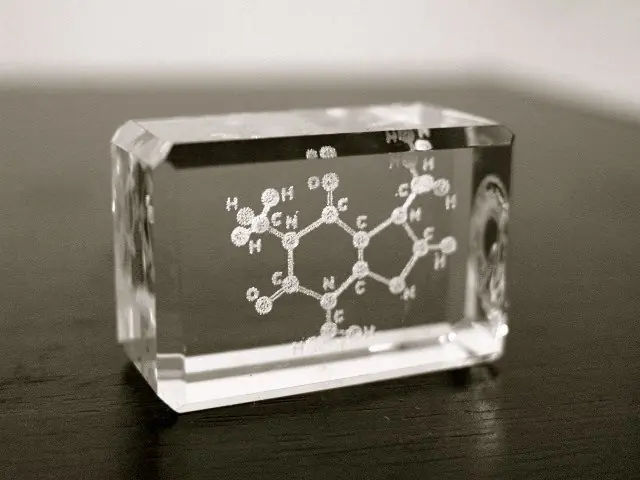
Laser marking is a process that uses a laser beam to create permanent marks on a variety of materials, including metal, plastic, glass, and ceramics.
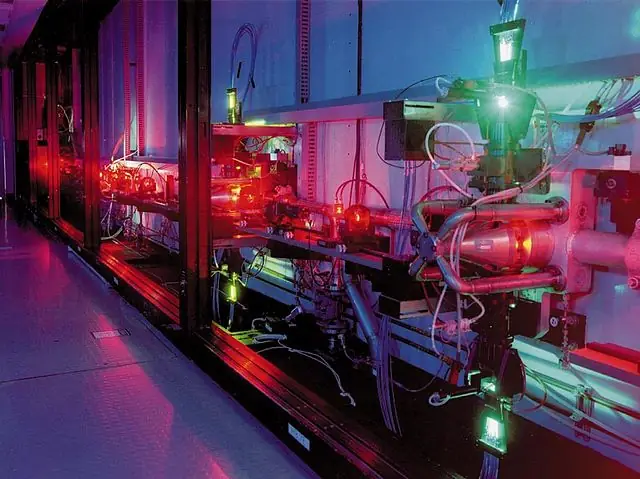
In this article, we will explore the principles behind pulsed dye lasers, their advantages and limitations, as well as their diverse applications in various fields.
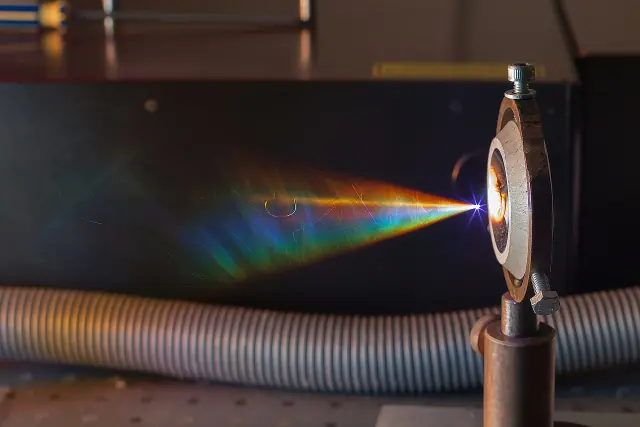
A supercontinuum laser is a type of laser that generates a broadband spectrum of light. This spectrum extends over a wide range of wavelengths, from the ultraviolet to the infrared region. The term “supercontinuum” is derived from the fact that the laser’s spectrum is continuous, unlike that of a typical laser, which is typically limited to a narrow range of wavelengths.
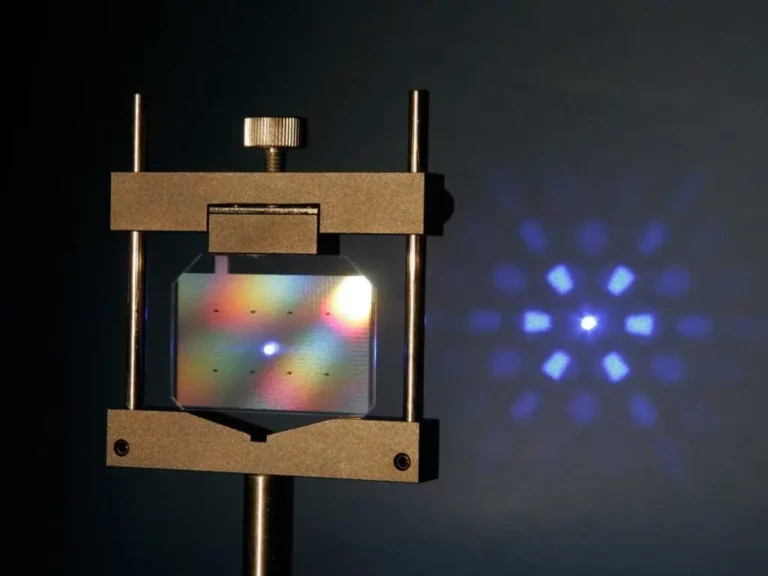
Holographic optical elements (HOE) are devices that use holography, a process that records and reproduces the interference patterns of light waves, to manipulate and control light.
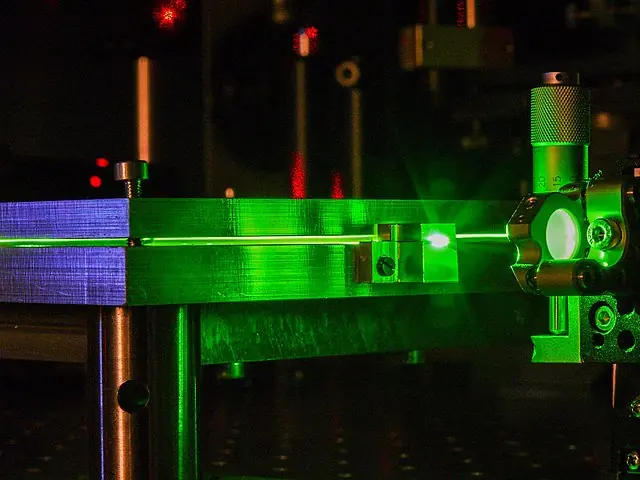
A fiber laser is a type of laser that uses a fiber optic cable as the gain medium, or the material that amplifies the laser beam.
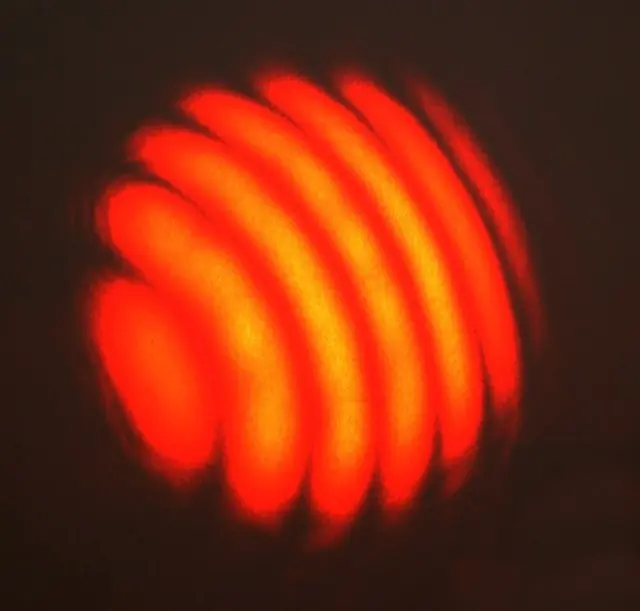
Laser fringe lockers are devices that are used to stabilize the frequency of lasers by locking the laser’s frequency to an external reference.
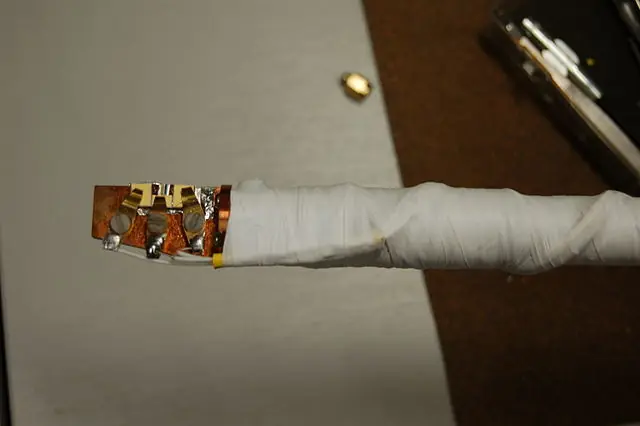
Quantum cascade lasers are unique in that they rely on a series of energy levels, or “cascades,” within the device to create and amplify light.
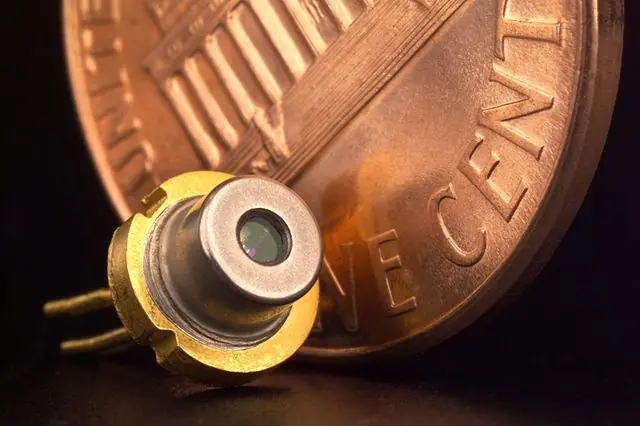
External cavity diode lasers (ECDLs) are a type of laser that use a diode as the light-emitting element. These lasers are characterized by their high efficiency and low cost, making them popular for many applications including telecommunications, spectroscopy, and laser printing.
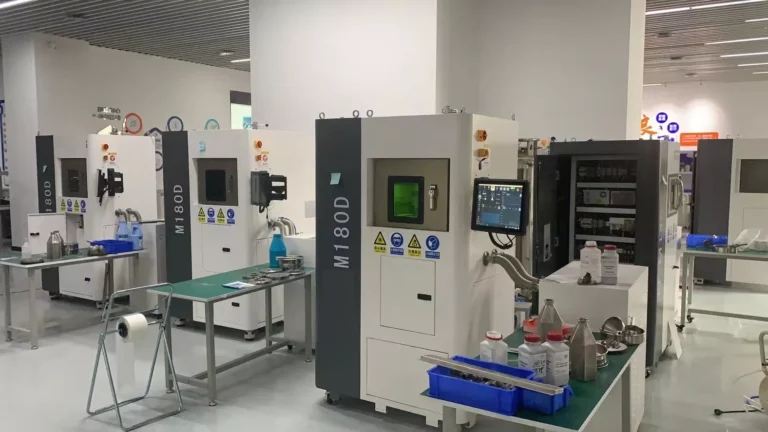
Selective laser sintering (SLS) is an additive manufacturing (AM) technique that uses a laser to fuse together small particles of plastic, metal, or ceramic powder into a three-dimensional (3D) object.
End of content
End of content